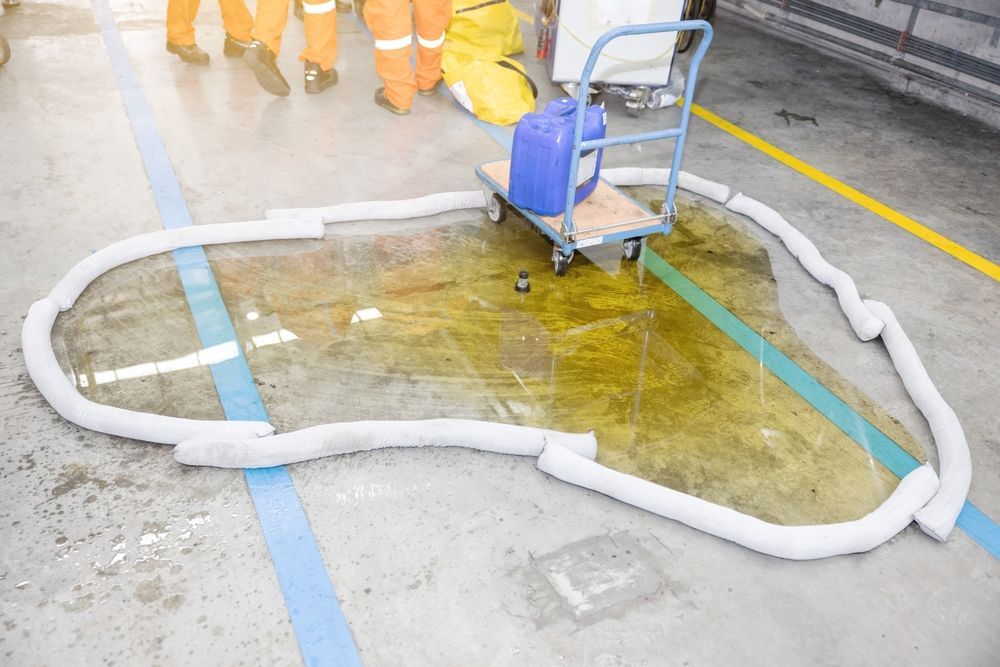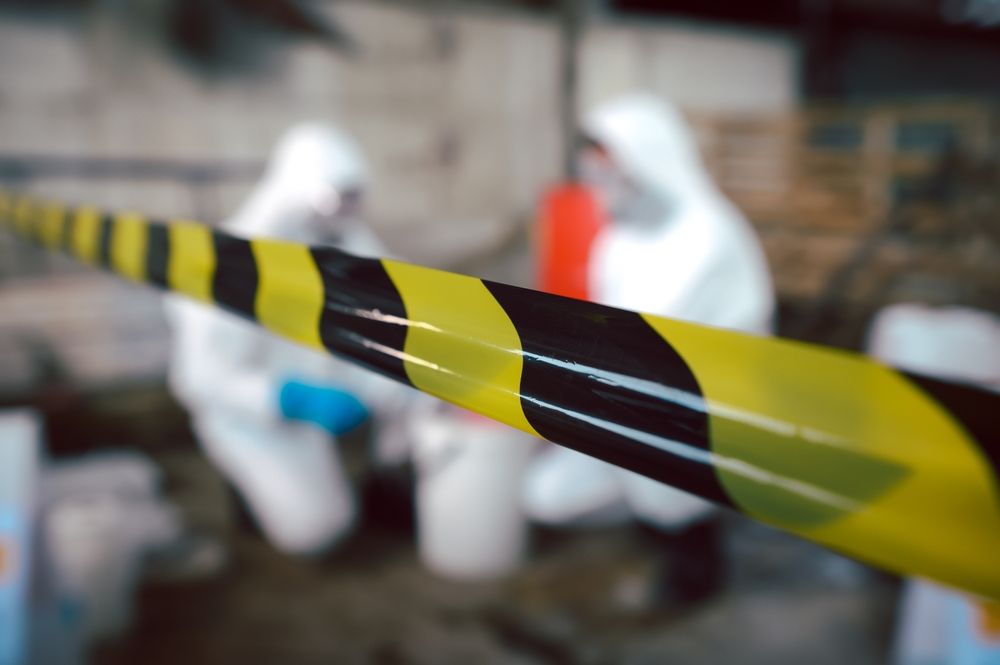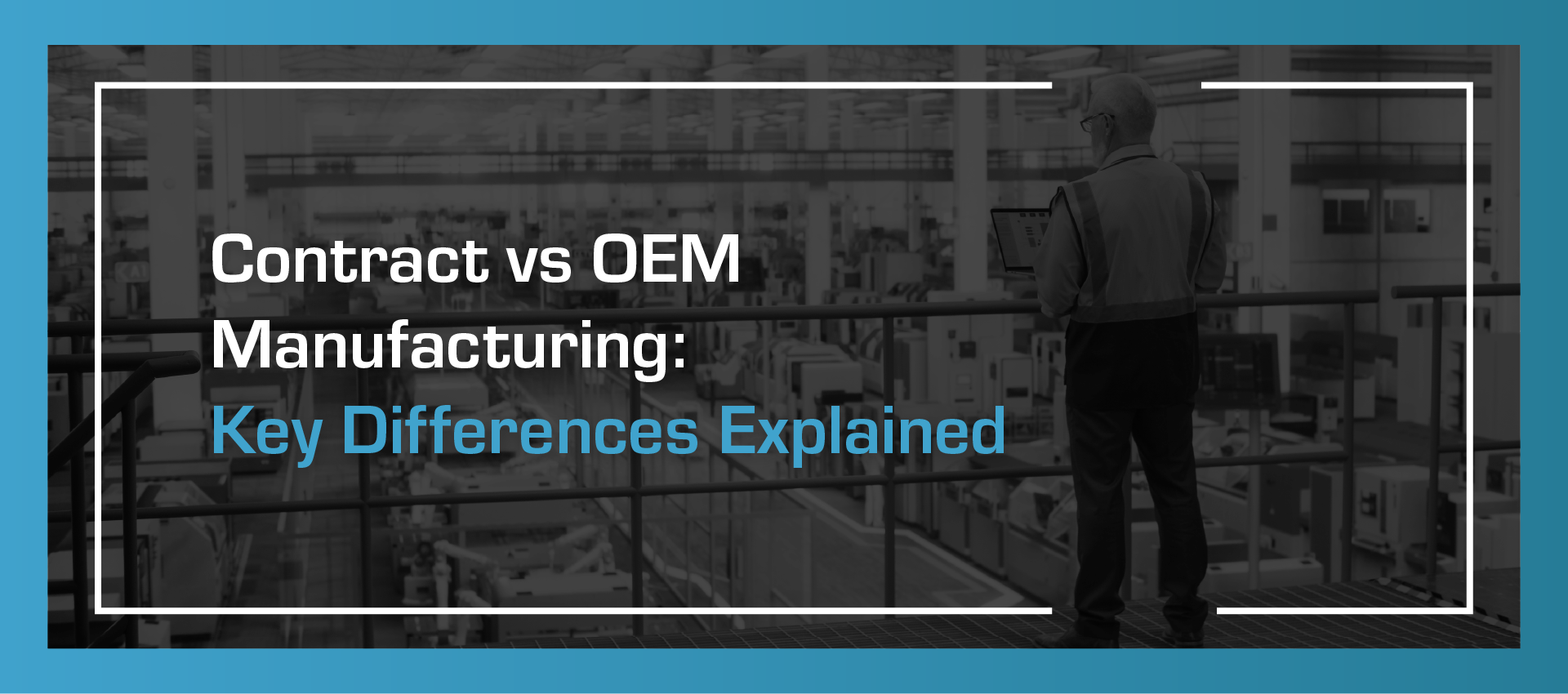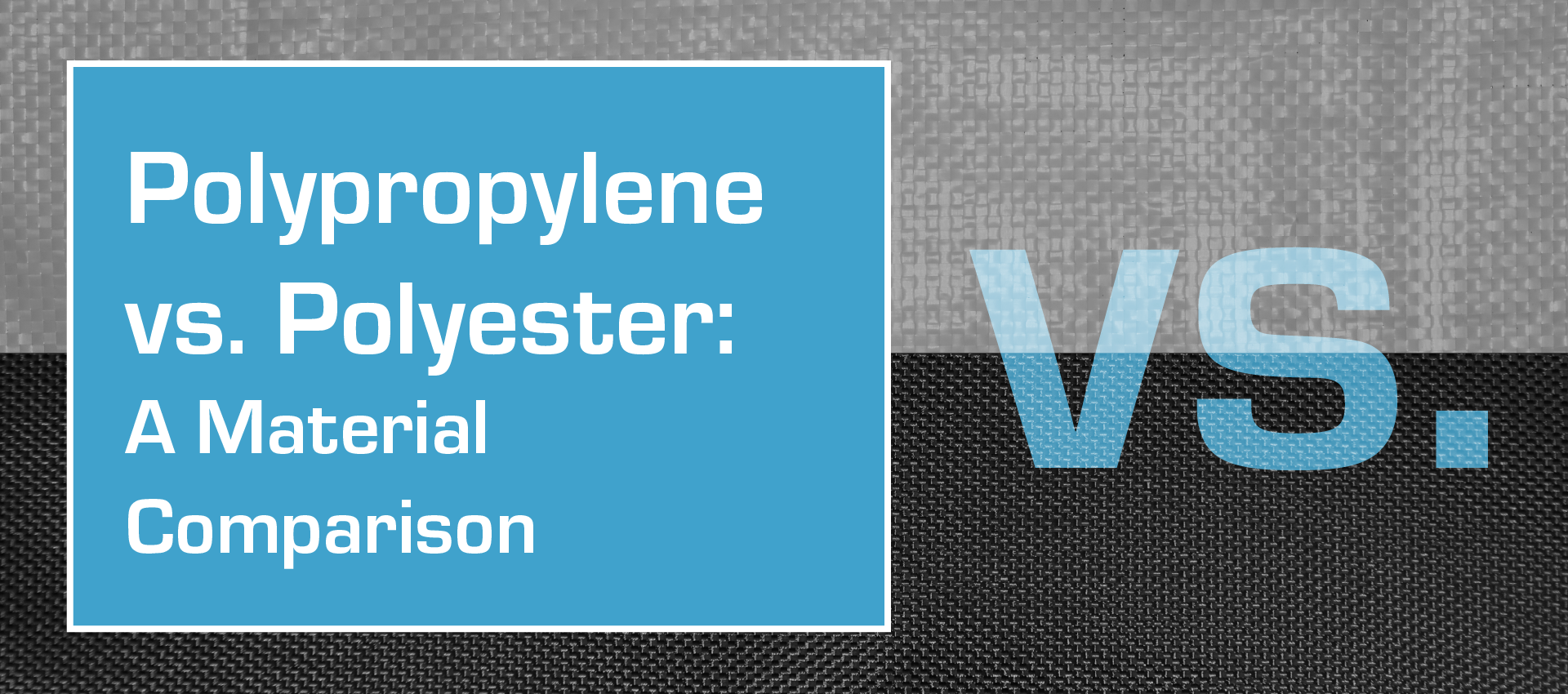Containment Solutions for Industrial Spills: Best Practices
Industrial spills can halt production, damage equipment, and create serious safety and environmental hazards. Effective containment starts with thoughtful planning, reliable systems, and durable materials designed for the job.
Understanding how spills happen and how to manage them helps reduce risk, protect teams, and keep operations running. Solutions that are built for real-world challenges make all the difference in preventing small problems from becoming large disruptions.
Understanding Industrial Spill Risks
The more complex the operation, the higher the chance that something unexpected can go wrong. Spills often happen when storage, transfer, or equipment systems fail under pressure or wear. Even a minor leak can lead to major disruption when hazardous or sensitive materials are involved.
Identifying weak points in equipment, flow paths, or storage setups helps reduce that risk. Containment systems work best when integrated early, not added after an incident.

Common Causes of Industrial Spills
Many industrial spills trace back to preventable issues. Equipment failure is one of the most common triggers. Ruptured tanks, cracked seals, corroded fittings, and aging hoses can all lead to leaks. Improper material handling during transport or transfer often results in spills, especially when containers are overfilled or mismatched for the material type.
Operator error plays a role as well. Miscommunications during shift changes, skipped maintenance checks, or failure to follow procedures can create conditions where spills become more likely. External factors like vibration from nearby machinery or weather-related wear also contribute to unexpected releases.
Types of Substances Typically Involved
Industrial spills often involve fuels, oils, solvents, acids, coolants, and process chemicals. In certain operations, even water-based mixtures can cause serious issues if released in large volumes or mixed with other substances.
Some materials are flammable. Others are corrosive, hazardous to workers, or harmful to the environment. The properties of each substance impact how it must be stored, transported, and contained. This influences everything from material selection to the design and placement of containment systems.
What are Spill Containment Systems?
Spill containment systems are physical barriers or engineered solutions designed to capture, control, or redirect substances that escape from primary storage or transport equipment. They help keep spills from spreading across floors, into drains, or into the surrounding environment.
These systems can be fixed or portable, passive or active. Some are built into the structure of the facility, while others are flexible enough to move where they’re needed. The goal is to limit exposure, simplify cleanup, and support safe, continuous operation.
Key Objectives of Spill Containment Systems
Spill containment systems help limit damage, protect people and equipment, and keep operations under control.
Protecting People, Equipment, and the Environment
Containment systems help reduce worker exposure to hazardous materials and lower the risk of injuries. They protect equipment from corrosive damage and contamination, extending service life and reducing downtime. Spills that reach soil or water sources can lead to environmental damage and regulatory penalties, making containment a key part of responsible operations.
Ensuring Operational Continuity
Spills often bring production to a stop. Cleanup takes time, and damage to equipment can lead to longer delays. Containment systems help isolate the problem so work can continue in unaffected areas.
They also reduce the risk of long-term shutdowns caused by safety violations, environmental impact, or regulatory fines. Keeping materials where they belong supports smoother operations and fewer interruptions.
Types of Containment Solutions
Containment solutions fall into several categories based on where and how they manage a spill.
Primary Containment
Primary containment refers to the first layer of protection, the tank, drum, pipe, or vessel that holds the material during storage or transport. Its main function is to keep the substance securely contained under normal operating conditions.
When designed and maintained properly, this layer prevents leaks and spills from occurring in the first place. Material compatibility, pressure ratings, and structural integrity all play a role in how effective primary containment can be.
Secondary Containment
Secondary containment captures spills or leaks that escape the primary container. This can include berms, trays, double-walled tanks, or lined enclosures placed around or beneath the primary system.
The purpose is to prevent the substance from spreading to other areas or reaching drains, soil, or equipment. In many industries, secondary containment is required to meet regulatory standards and reduce cleanup time after an incident.
Tertiary Containment
Tertiary containment provides a final layer of protection if both primary and secondary systems fail. This often includes facility-wide features such as sloped floors, drainage controls, or sealed rooms designed to contain large-volume releases.
It adds a broader safety net, especially in high-risk environments or where hazardous materials are handled in bulk. Tertiary systems help minimize widespread impact and support faster recovery after a major incident.
Industry Applications of Spill Containment
Different industries rely on containment solutions to manage risk, protect assets, and meet compliance standards. Common applications include:
- Manufacturing: Contains oils, coolants, and cleaning agents used in equipment and production lines.
- Chemical processing: Prevents hazardous leaks from spreading or entering drainage systems.
- Utilities and energy: Controls spills from fuels, lubricants, and treatment chemicals in plants and storage areas.
- Transportation and logistics: Manages leaks during loading, unloading, or storage of liquid containers.
- Warehousing: Provides localized containment for drums, totes, or other liquid storage units.
- Agriculture: Helps contain fertilizers, pesticides, and fuel used in farming operations.
Best Practices for Spill Containment Design

Good containment design starts with understanding the material, including its volume, flow rate, and chemical properties. Containment materials must be compatible and durable under actual operating conditions.
Systems should allow for easy inspection and maintenance. Redundancy, proper slope, and controlled drainage help prevent failure or overflow.
Flexible solutions like modular or portable systems are valuable in facilities where layouts or processes change over time.
How Carolina CoverTech Supports Industrial Spill Containment
Carolina CoverTech builds custom containment solutions for demanding industrial environments. Using RF welding, industrial sewing, and rigid-to-flexible conversion, we create liners, bladders, berms, and barriers built to handle real-world conditions.
Each product is engineered to match specific material, size, and performance needs. Our team works closely with partners to solve complex containment challenges and deliver systems that perform reliably under pressure.
Compliance and Sustainability in Containment Design
Containment systems must meet safety and environmental regulations. Well-built designs reduce the risk of leaks, helping facilities avoid penalties and maintain operational approval.
Using durable materials limits waste and lowers the need for frequent replacement. Some designs allow for recycling or repurposing at the end of their service life, adding to long-term sustainability.
Partner with Carolina CoverTech for Custom Containment Solutions
Carolina CoverTech designs and manufactures containment solutions tailored to your material, space, and performance needs. Our team applies proven engineering and production methods to solve complex containment challenges.
Contact us to create a solution that protects your operation.




